Arsenal fans have long demanded squad depth to compete with Europe’s elite, and last season brutally exposed the lack of it. Injuries to key players stretched the team thin, and depending on who you ask, may have cost the Gunners the Premier League title.
This summer, Arsenal have responded aggressively in the transfer market, signing top-quality players to strengthen almost every position. But this improved depth has brought with it a new challenge: Mikel Arteta now faces a genuine selection headache as he tries to keep big names happy while pushing for silverware.
Arsenal’s Summer Transfers: Depth Galore, Selection Dilemmas Incoming
The Gunners have been one of the busiest clubs in this transfer window. They secured Martin Zubimendi from Real Sociedad to solidify the number 6 role and added Cristian Norgaard from Brentford as experienced midfield competition.
On the wings, Noni Madueke has arrived from Chelsea after featuring over 30 times for the Blues last season. Arsenal have also finalized deals for Viktor Gyokeres, the clinical Sporting CP striker, and Cristhian Mosquera from Valencia.
Also, Eberechi Eze has joined Arsenal from Crystal Palace and will now provide competition in the attacking midfield or number 10 role.
This injection of talent means some established players will inevitably find themselves benched more often than they’d like. How Arteta manages these egos while delivering results will test off-pitch management ability.
Right-Back Battle: Jurrien Timber vs Ben White
For Arsenal fans, injuries have robbed them of the chance to see Jurrien Timber and Ben White competing at the same time. Since Timber joined the Gunners, the two defenders have often rotated between the pitch and the treatment room instead of directly competing for minutes.
That’s about to change. Both are now fit, and Arteta must decide who holds down the right-back role.
White has been one of Arsenal’s most consistent performers, combining defensive solidity with overlapping runs. Timber, however, brings versatility, tactical intelligence, and a similar balanced approach between defense and attack.
The good news for Arteta is their styles are quite alike, making rotation easier without destabilizing the team. But keeping both players satisfied with game time will be one of the first major tests of his man-management this season.
Left-Back Dilemma: Calafiori vs Lewis-Skelly
When Arsenal splashed £42 million to sign Riccardo Calafiori from Bologna, few imagined that an 18-year-old academy product, Myles Lewis-Skelly, would emerge as one of the league’s best young defenders so soon.
Lewis-Skelly’s rise last season was remarkable.
- He was the least dribbled past defender among those with 15+ Premier League appearances.
- He excelled against elite teams like Manchester City in the EPL and Real Madrid in the Champions League.
- He earned his first England call-up and became the youngest defender to score on his national team debut since Marcus Rashford.
Benching such a promising teenager, especially after he signed a five-year contract, will be a tough call for Arteta.
Calafiori, however, also has a strong case. His first season was disrupted by injury, and he needs consistent minutes to adapt fully to the Premier League. Arsenal fans also want to see more of his trademark runs into the box and those magical goals that frustrate and even break the hearts of opposition managers like Pep Guardiola.
Arteta must decide whether to stick with the teenager who exceeded all expectations or to back his big-money signing.
Viktor Gyokeres: What It Could Mean for Havertz
The signing of Viktor Gyokeres will trigger the most fascinating selection debate at Arsenal.
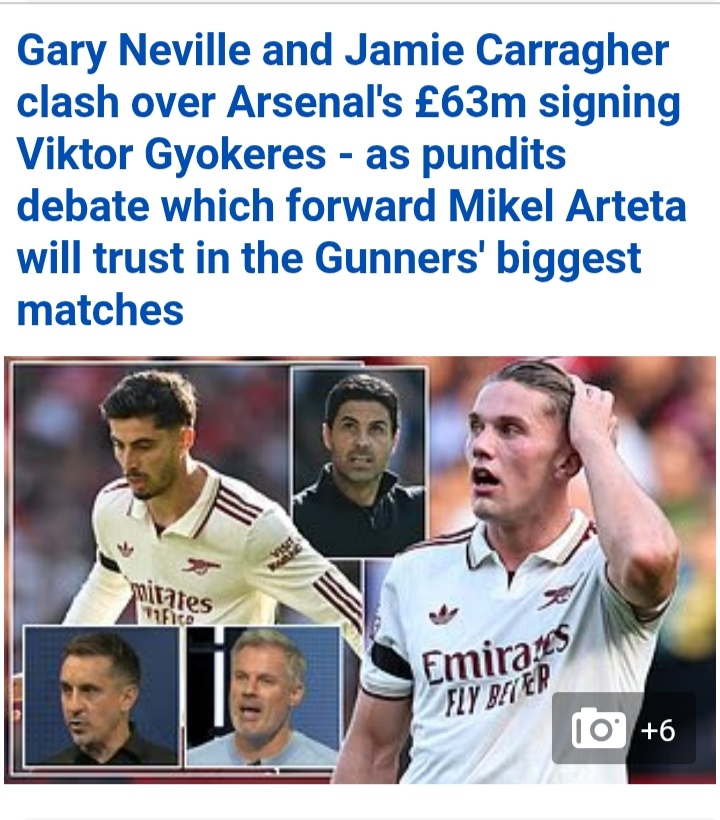
Kai Havertz – Arsenal’s Most Underrated Star?
Many Arsenal fans still debate Kai Havertz’s true value, but his influence last season was undeniable:
- 20 goal contributions (goals + assists) in 34 games before his injury.
- First Arsenal player since Robin van Persie in 2012 to score in seven consecutive home games.
- At one stage in 2024, only Ollie Watkins, Erling Haaland, and Cole Palmer had been involved in more Premier League goals.
Havertz’s qualities – intelligent movement, aerial threat, link-up play, and finishing – make him integral to Arsenal’s attack. Arteta himself praised him, saying:
“His football brain, his timing, the way he brings people together… every time he’s around the box he’s a real threat.”
Real Madrid wanted him before Arsenal paid over £60 million to sign him from Chelsea.
Since returning from injury, Havertz has impressed in training, reportedly breaking club gym records for power, agility, and acceleration. His physical transformation has been evident, appearing noticeably bulkier in pre-season photos.
Arteta is unlikely to bench a player he fought hard to sign – doing so would feel like admitting a failed project. There have been reports that Havertz will play more than most people expect, but we will wait to see.
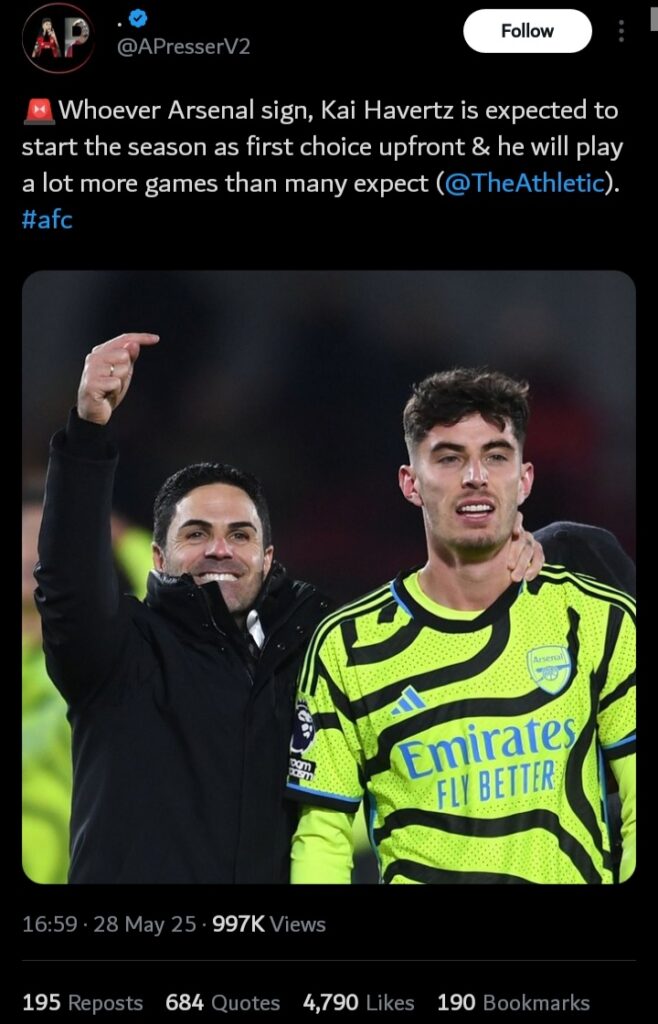
Eberechi Eze and Martin Odegaard?
If Gyokeres arrives as the main striker, Havertz could be pushed into the number 10 role, currently occupied by Martin Odegaard, Arsenal’s captain.
In addition, Eberechi Eze has also joined Arsenal. Stats show that Eze might be better than Martin Odegaard and Arsenal has paid a lot for his services. Eberechi Eze is probably better than Martin Ødegaard — see the full analysis here.
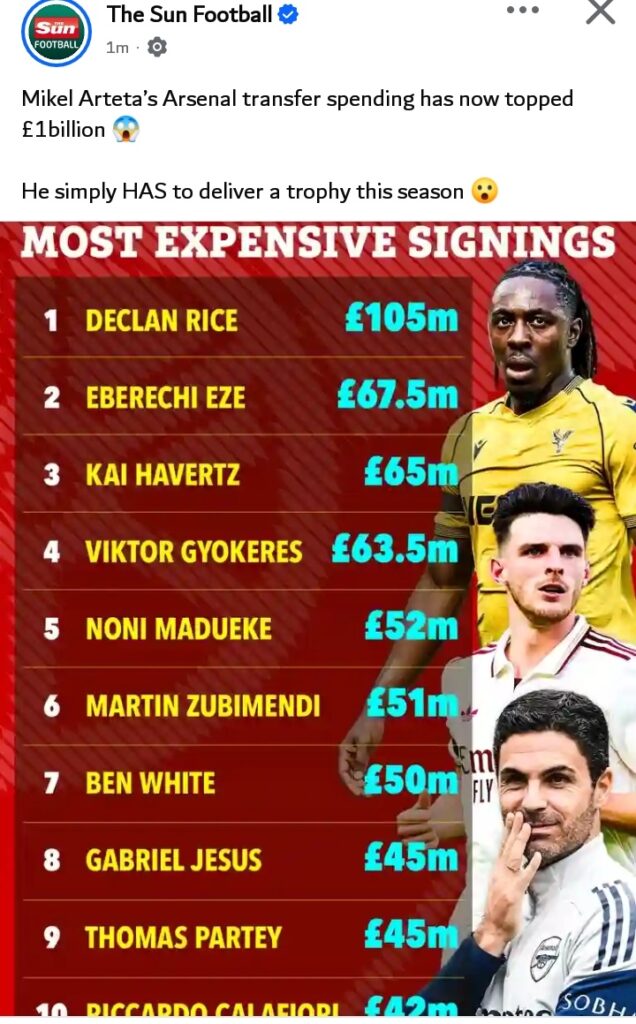
But can Arteta really bench his skipper? Stripping him of consistent minutes would raise leadership concerns, especially when Odegaard has been settled and thriving both on and off the pitch.
The Norwegian also lacks the versatility to play as a winger or striker, unlike Havertz, and with Zubimendi, Declan Rice, Norgaard, and Mikel Merino competing for midfield roles, Odegaard may find himself under pressure to keep his starting spot.
This will be one of Arteta’s toughest decisions of the season.
Left Wing, Right Wing, and Other Selection Headaches
The selection dilemmas extend beyond midfield:
- Gabriel Martinelli vs Noni Madueke (Left Wing)
Madueke’s arrival means Martinelli will face genuine competition for his place. Both players are explosive, left-footed, and capable of carrying the ball progressively, making rotation inevitable. - Bukayo Saka vs Madueke (Right Wing)
Saka remains Arsenal’s undisputed star on the right, but Arteta will want to keep him fresh. Madueke’s similar profile makes him the ideal deputy, but also a potential starter in games where rotation is necessary.
Wondering how good Noni Madueke could be for Arsenal? This in-depth comparison shows how he stacks up against Bukayo Saka and other top EPL right wingers.
What About Mikel Merino and the Academy Stars?
Mikel Merino’s Versatility
Initially signed as a holding or central midfielder, Mikel Merino surprised many last season by thriving as a makeshift striker. His positioning, aerial threat, and finishing made him a goal-scoring option when deployed as a number 9 – giving Arteta yet another tactical alternative.
However, Mikel Merino has struggled to make an impact in any other role for Arsenal, proving effective only as a number 9. Arteta’s decision to use him in attacking midfield while leaving new signing Eberechi Eze on the bench sparked heavy criticism from fans, especially after Arsenal’s 1-0 defeat to Liverpool at Anfield on Sunday, August 31
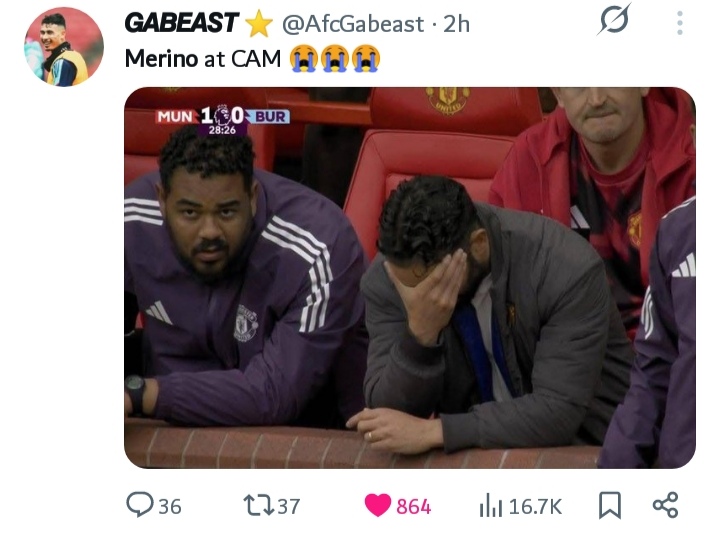

Young Guns Pushing for Game Time
Arteta must also integrate a wave of exciting academy talents:
- Ethan Nwaneri – Nominated for the PFA Young Player of the Year and now tied to a long-term contract.
- Max Dowman – Promoted to the first team for 2025–26 after impressing in the youth set-up.
Balancing youth development with the need for results will be another key challenge.
Arsenal’s Hale End academy continues to produce some of the Premier League’s brightest young stars. Here’s a detailed look at the best prospects, including Ethan Nwaneri, and how they’re shaping Arsenal’s future.
Conclusion: A Blessing or a Burden for Arteta?
Arsenal fans wanted squad depth – and now they have it. But with depth comes difficult decisions.
Arteta must juggle established stars, new signings, and emerging academy prospects while keeping morale high and pushing for trophies.
The 2025–26 season will test not just his tactics, but his man-management skills. If he strikes the right balance, this Arsenal squad has the quality to compete for every major title. Fail to do so, and the very depth Arsenal craved could become its biggest headache.
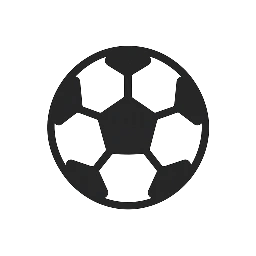
Leave a Reply